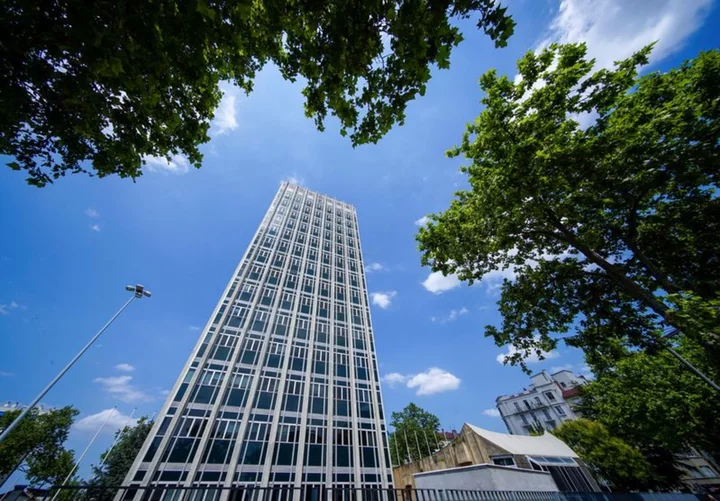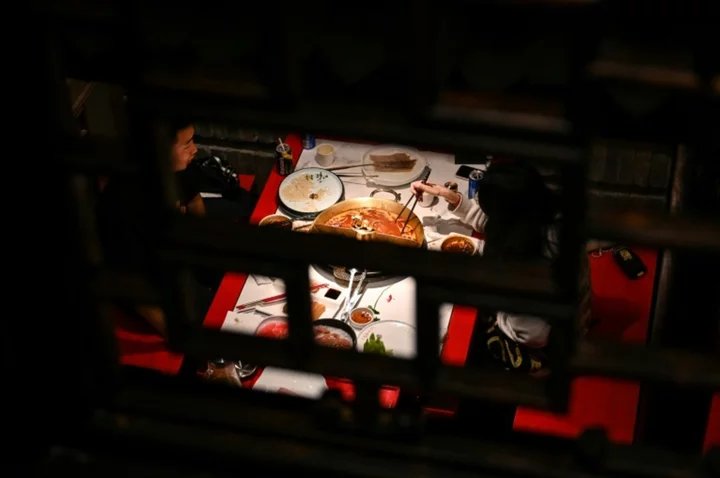BATON ROUGE, La. (AP) — Juveniles currently housed at the country’s largest maximum-security adult prison in Louisiana will be moved to a youth detention facility by late fall, officials said Friday.
Currently 15 youths are housed at Angola, Curtis Nelson Jr., the deputy secretary of Louisiana’s Office of Juvenile Justice, said during a public meeting. He said Gov. John Bel Edwards recently gave him permission to transition them to a youth facility under construction in the city of Monroe in the northern part of the state.
“As long as the weather continues to hold out” to complete construction, the juveniles should be relocated by late October or mid-November, Nelson said. Officials originally predicted the facility would be ready by spring of this year.
The juveniles at Angola are being held apart from adult inmates but in a building that once held death-row inmates. Critics have staunchly opposed the temporary lockup, saying the young prisoners would experience irreversible trauma from being placed not only in one of the nation's most infamous prisons but in a space where men once waited to be executed.
Prior to being used to house juveniles, the building held female inmates who had been displaced after the Louisiana Correctional Institute for Women flooded in 2016.
Two teens at the juvenile lockup have filed a lawsuit alleging that they have been pepper-sprayed, held in solitary confinement for hours, and regularly had aggressive run-ins with Department of Corrections guards and limited access to education, The Advocate reported earlier this year.
Officials have described the temporary youth lockup as a last-ditch but necessary measure amid capacity, safety and service concerns at ailing juvenile detention facilities.
Worsening problems at youth detention centers came to a head last summer after a 20-person riot at one of the lockups and multiple escapes from a facility in suburban New Orleans, including one that allegedly ended with a violent carjacking.
In July 2022, Edwards announced that some juveniles would be temporarily transferred to Angola while “more permanent and longer term solutions are being developed,” including the juvenile center in Monroe.
Opponents immediately pushed back, filing a lawsuit in August to stop the transfers. In September, they sought a legal injunction to block them until the lawsuit was resolved. But U.S. District Court Chief Judge Shelly Dick ultimately denied the request. She said that “while locking children in cells at night at Angola is untenable, the threat of harm the youngsters present to themselves, and others, is intolerable. The untenable must yield to the intolerable.”
The first juvenile prisoners were transferred to Angola in October.
The new lockup in Monroe will be a Tier 1 security facility designed to hold youths who “engage in aggressive behavior” and need “intensive rehabilitative work” before transitioning to a more moderate or low-security setting, Edwards has said. The facility will be able to house up to 72 youths, each with their own room, as opposed to the open dormitory layout of other juvenile centers.









